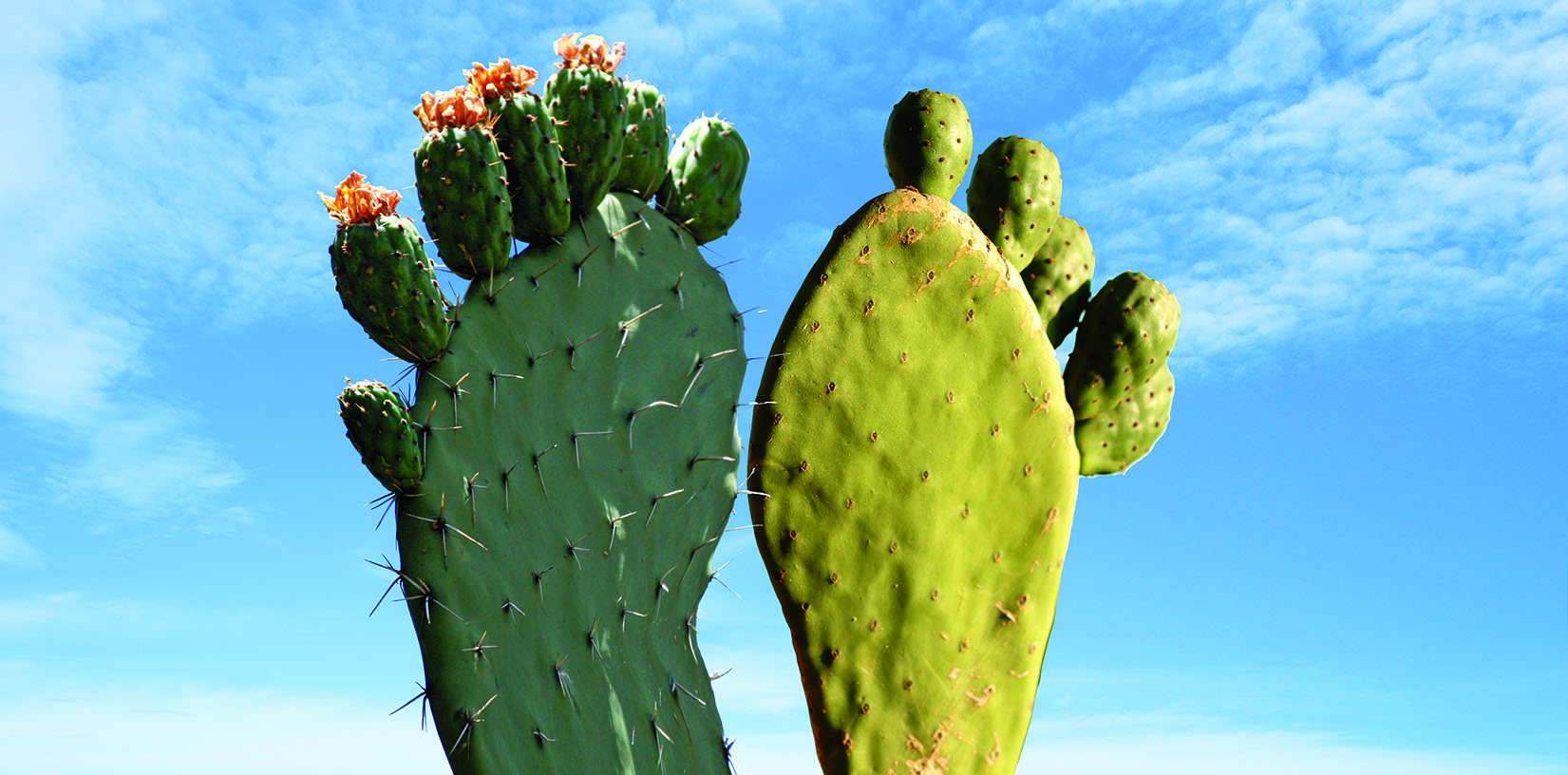Contrary to previous studies, treatment with urate-lowering allopurinol does not mitigate the CV risk associated with gout
The effects of gout can go well beyond the big toe and urate crystals are not the whole story, according to presenters at the American College of Rheumatology annual meeting in Atlanta this month, who encouraged attendees to think – wait for it – “goutside the box”.
Dr Robert Terkeltaub, from the VA San Diego Healthcare System, said gouty arthritis was driven by inflammatory responses variably associated with crystal deposits, with many exogenous and endogenous factors involved in promoting, preventing and amplifying or dampening flares.
Tophi were only one-third composed of crystals, with the rest containing synovitis, granulomas, fibrosis, bone-tophus interface osteoclasts, and other changes, with a ring of adaptive immune cells.
Dr Terkeltaub said monocytes could be “trained” to promote vicious flares by factors including hyperuricaemia, urate crystals, IL-1β, a Western diet and possibly infection.
Besides modifiable risk factors, about 20 genes were implicated in gout, and DNA methylation also played a role in monocyte training.
He said existing biomarkers were poor predictors of flares and better markers were needed.
Dr Peter Lipsky, immunologist and founder of Ampel BioSolutions, said an ancient mutation had deprived us of uricase, the enzyme that breaks down urate, leaving us reliant on the gut and kidney to get rid of it. That left us at risk of hyperuricaemia and hyperuricosuria, and thence urate crystal deposition (gout), pro-oxidant effects (perhaps leading to cardiovascular disease) and uric acid crystals (renal calculi).
He presented research showing that the enzyme pegloticase was highly effective and fast at degrading urate, though resolution of tophi took longer, an average of nine months. Pegloticase also profoundly reduced blood pressure, and reduced or stabilised liver fibrosis.
Lowering urate, however, did not improve common comorbidities such as congestive heart failure, chronic kidney disease, diabetes and hyperlipidaemia.
Dr Lipsky said it was time to think about an
Dr Richard Johnson, a nephrologist at the University of Colorado, said opinion had swung back and forth since the 1950s on the role of uric acid in kidney disease in gout patients – was it the cause or a consequence?
It now generally favoured the cause side. That had not been supported by a recent Mendelian randomisation study; but its negative results could be partially explained by the researchers’ assumptions, Dr Johnson said, such as that serum uric acid was the relevant measure, not urine uric acid.
He said asymptomatic hyperuricaemia was a good independent predictor of high blood pressure, diabetes, dyslipidaemia, obesity and chronic kidney disease, suggesting it was not a secondary phenomenon.
Professor Hyon Choi, of Harvard Medical School and Massachusetts General Hospital, said gout had roughly doubled in prevalence and incidence in the past 50 years, and this “modern gout epidemic” was due to Western lifestyle trends of eating more and worse and exercising less, as well as medications that raise serum urate, such as diuretics, aspirin and organ transplant medications.
Besides the comorbidities already mentioned, high serum urate and/or gout had been linked with an increased risk of heart attack, stroke and end-stage renal disease and kidney stones.
Professor Choi said that while premature mortality rates were improving, the premature mortality gap between those with gout and those without had not shrunk, unlike that with rheumatoid arthritis.
This could be due to the comorbidities themselves, or cardiovascular, renal or metabolic adverse events from NSAIDs or corticosteroids.
He cited a very recently published study in JAMA Cardiology that had used polarised light microscopy to detect urate deposits in coronary arteries, which disappear with uricase treatment – a finding he called “provocative”.
Professor Choi said to improve premature mortality it was important for patients to exercise and control their weight using the DASH, Mediterranean, Lyon or Indo-Mediterranean diet. These tended to have high adherence, unlike a low-purine diet.
In New Zealand, according to its Health Quality and Safety Commission, more than 5% of the population has gout, and the rate in Maori men is 13.3%.
Ken Cai, a rheumatology fellow-in-training at the University of Auckland, presented research involving almost a million people, using registry data.
Gout was associated with increased risk of cardiovascular events, both fatal and non-fatal, and contrary to what had been suggested in previous studies, treatment with urate-lowering allopurinol did not mitigate the risk.
Professor Jasvinder Singh, of the University of Alabama, talked about the neurological effects of hyperuricaemia, citing research showing high serum urate seemed to have some protective effect against Parkinson’s disease, multiple sclerosis and stroke outcomes, with mixed results on dementia. But he said data was limited, and the effects of treating hyperuricaemia on neurological disease also needed further study.
The American College of Rheumatology’s new draft gout treatment guidelines, which were previewed at the meeting, strongly recommend treating to target with urate-lowering therapy. The college says all gout patients should be started on a low dose and escalated until a serum urate level of <6mg/dL (<0.36mmol/L) can be maintained.
This strategy, which differs from the American College of Physicians’ recommendation, was supported by new data and minimised adverse effects such as hypersensitivity, according to Dr Tuhina Neogi, one of the co-principal investigators on the treatment guideline.
The ACR also strongly recommends using allopurinol, not pegloticase, as the first-line ULT; and using anti-inflammatory prophylaxis with low-dose colchicine, NSAIDs or prednisone/prednisolone when starting ULT for at least three to six months.


